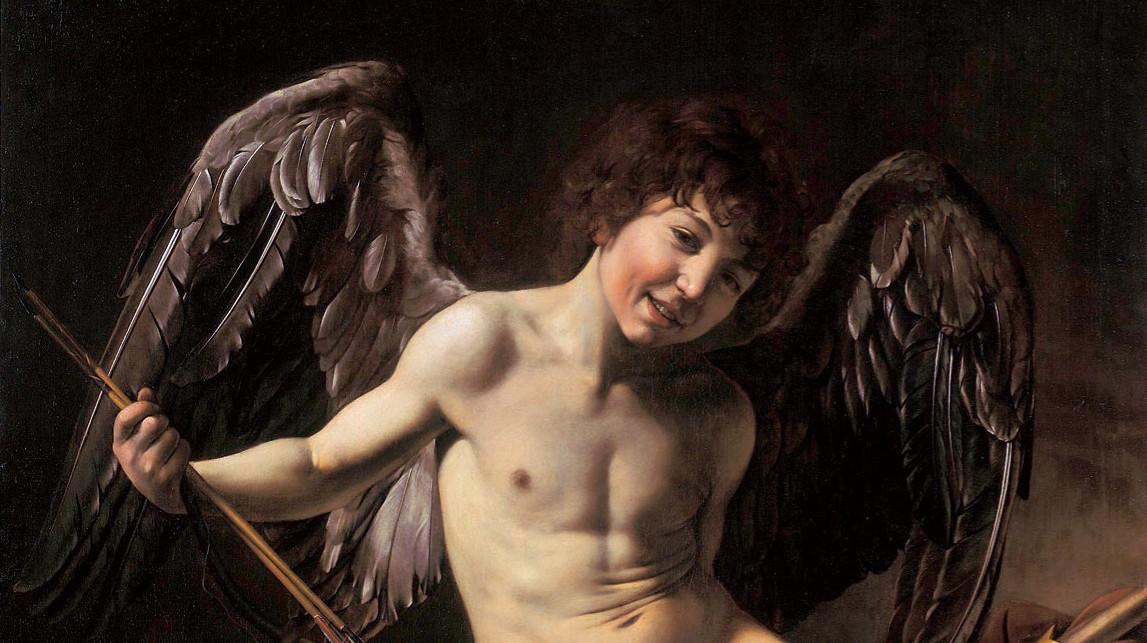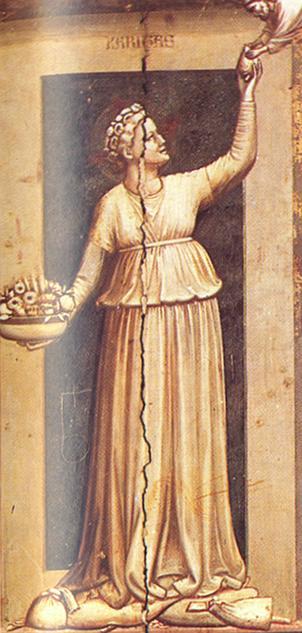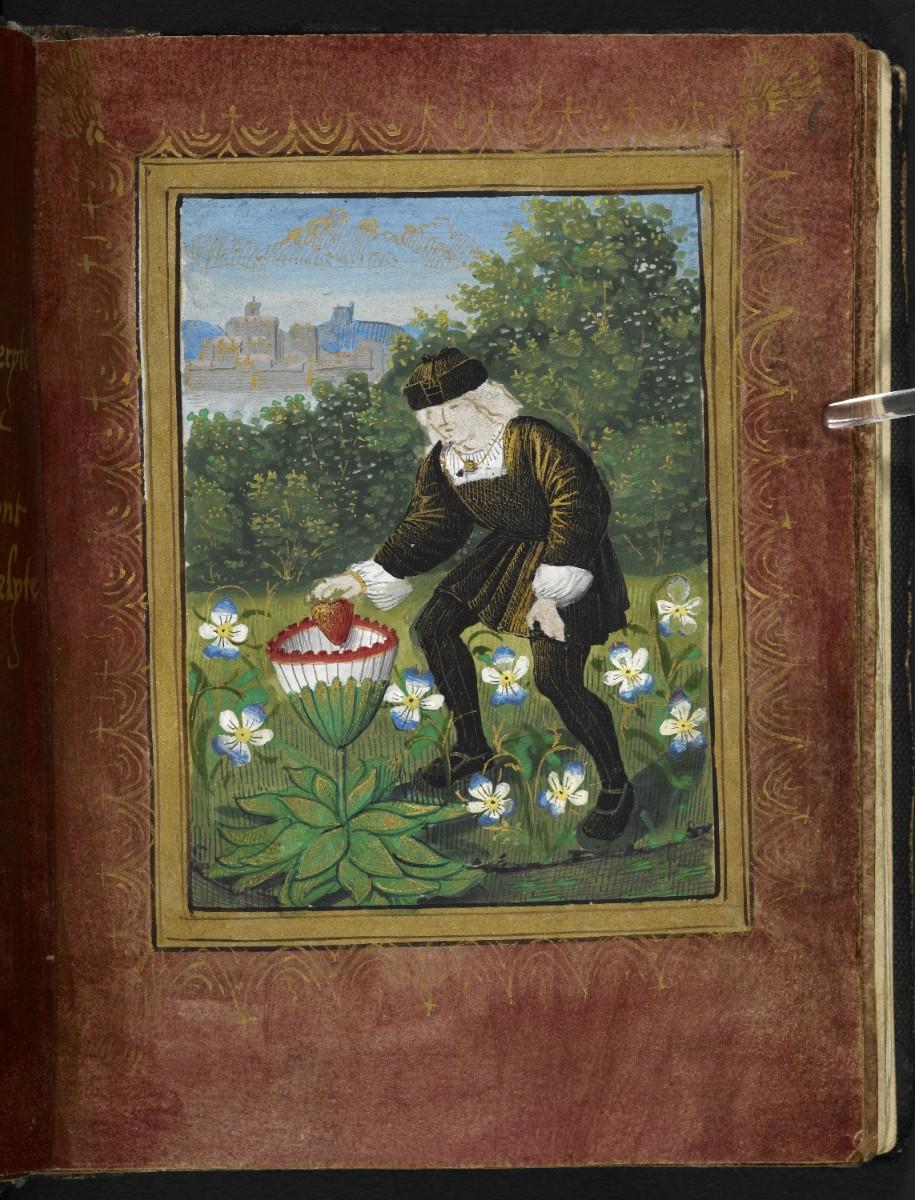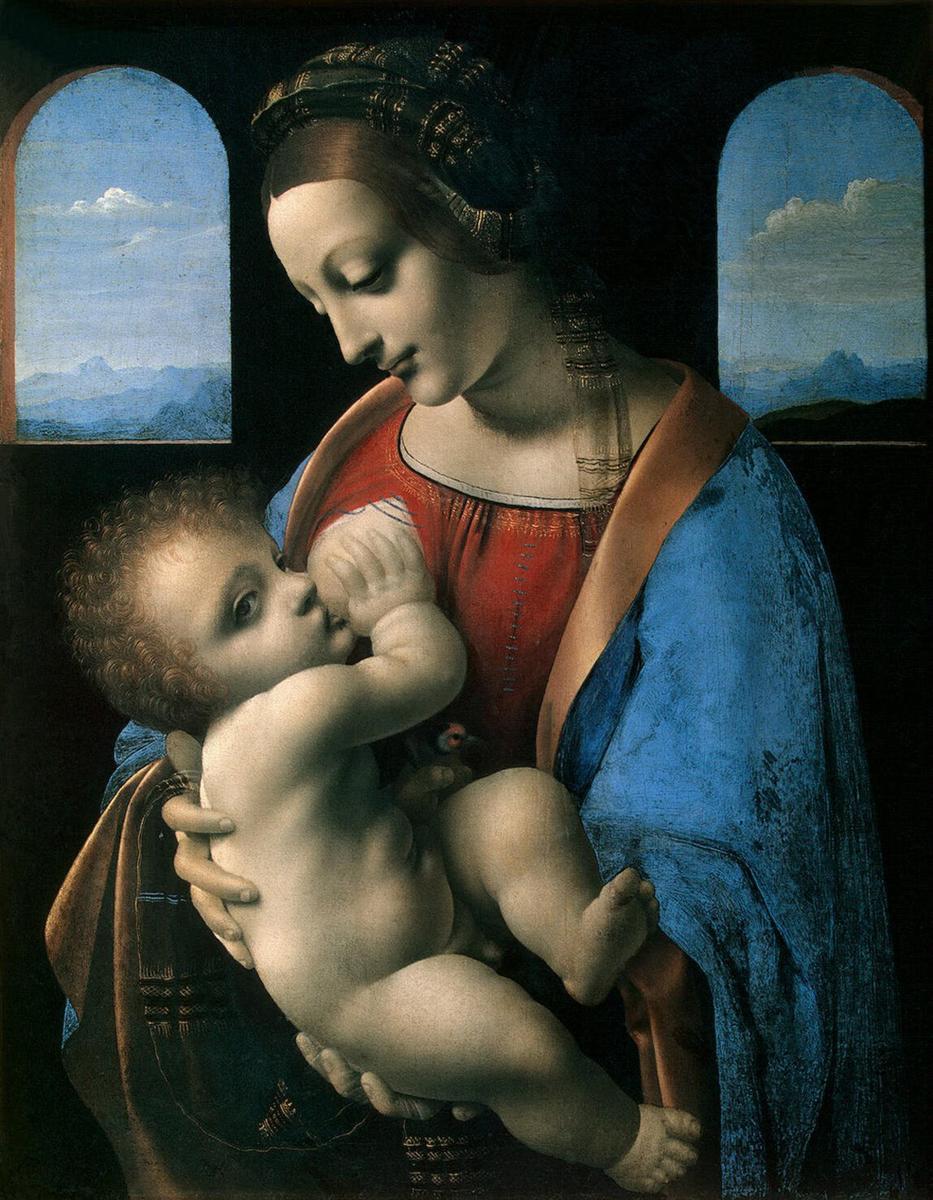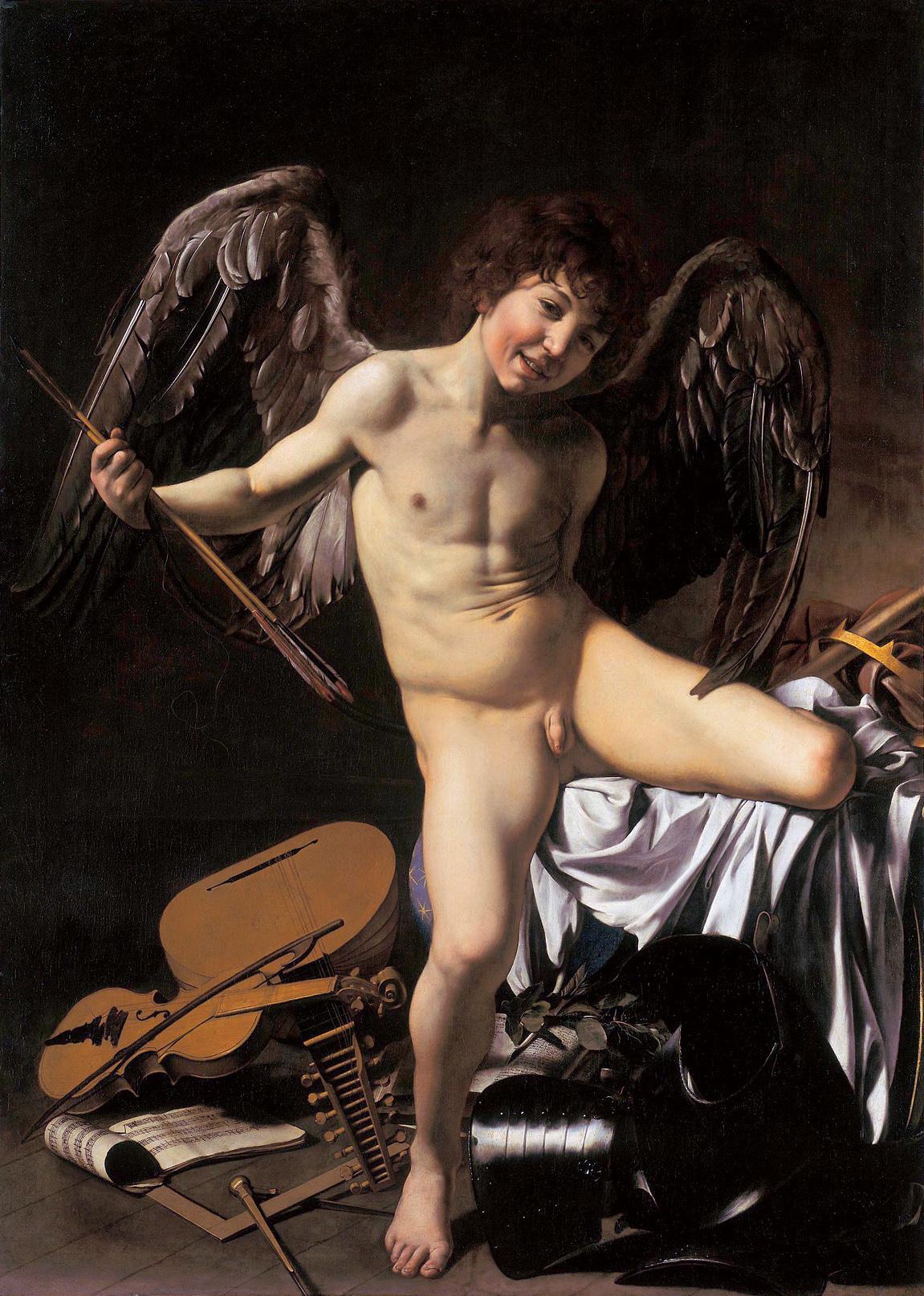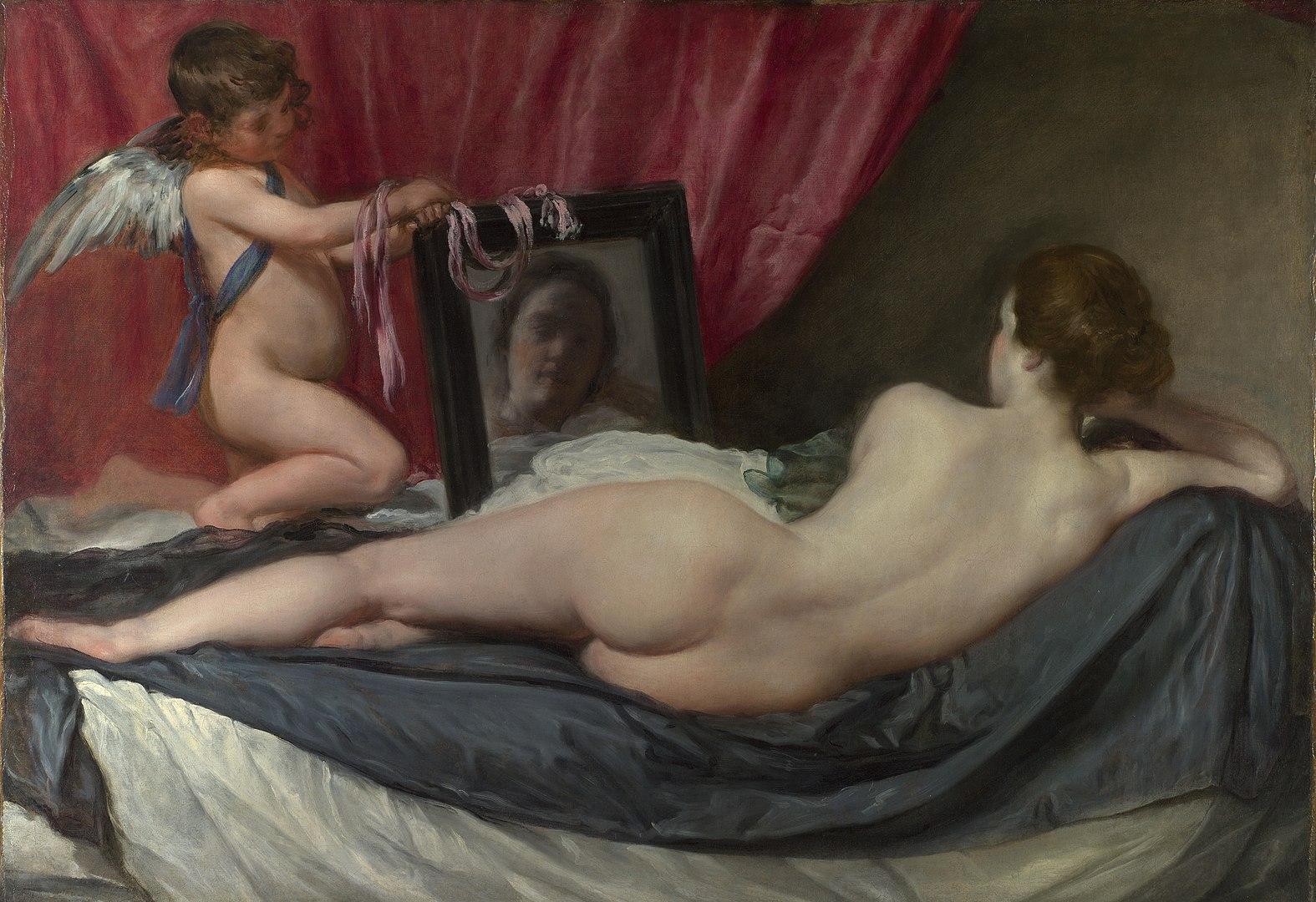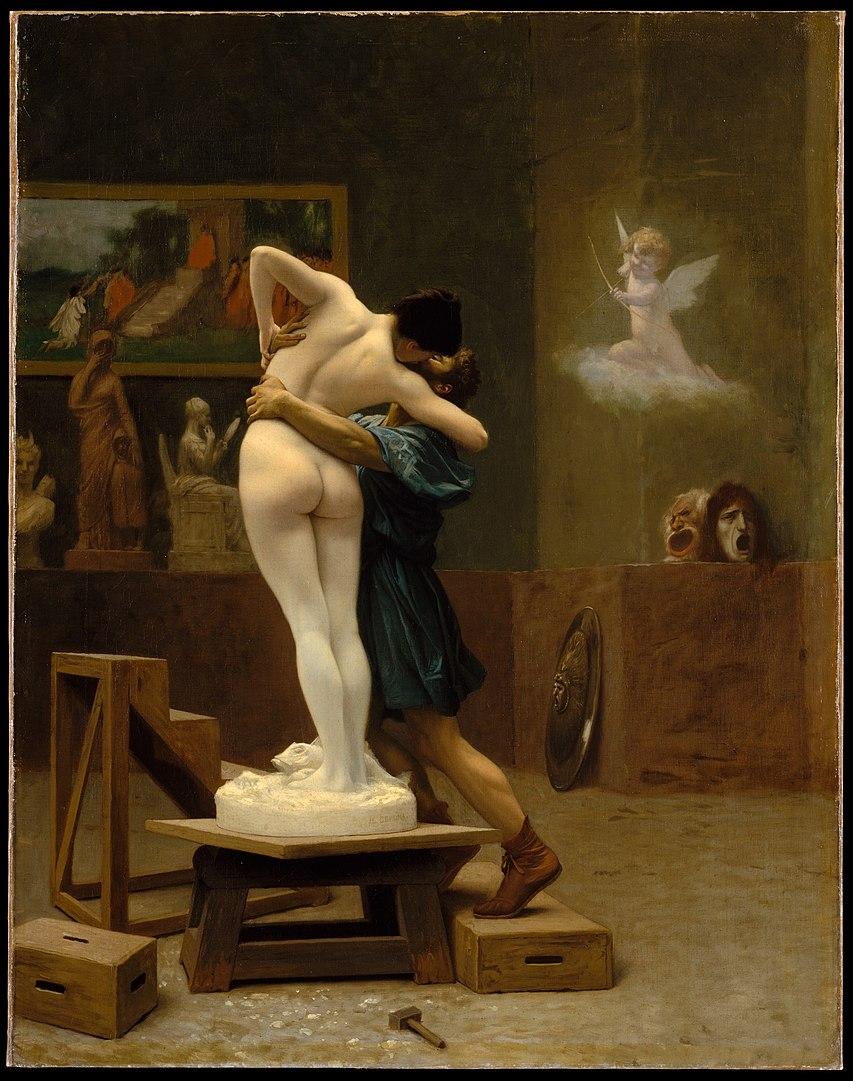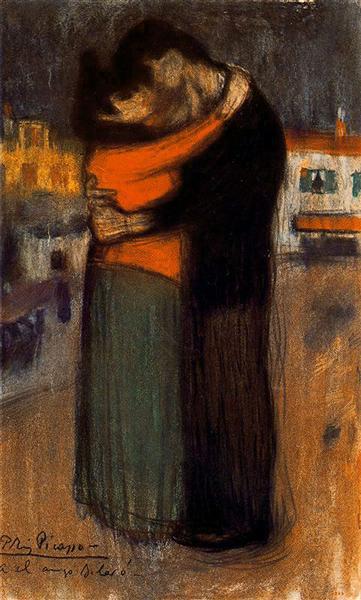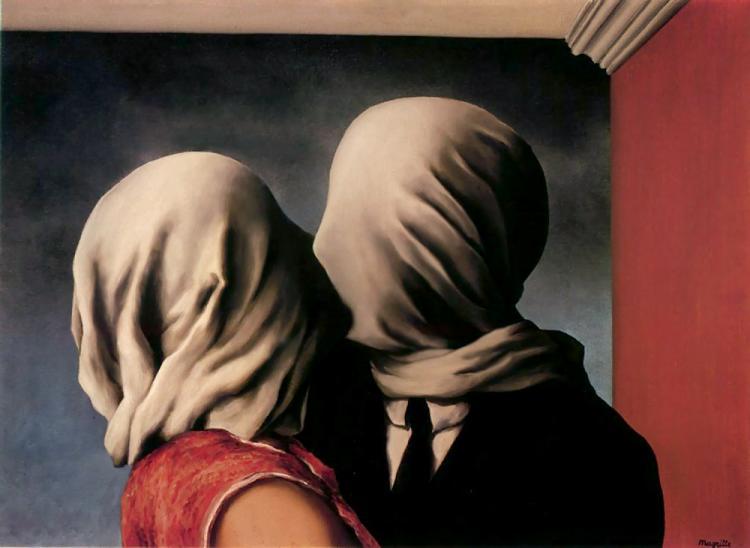Love letters abound in literature written by the famous and the not so famous. How Do I Love Thee? a sonnet by Elizabeth Barrett Browning (1806-1861) may be one of the most quoted poems about love ever written and visual artists have been driven by love and desire to create memorable works of art for centuries. Here are 10 artists whose work transcends a momentary Valentine’s Day infatuation to become celebrated odes to love.
One of the earliest depictions of the heart as a sacrificial symbol of love by an artist is Giotto di Bondone’s (1267-1337) Charity seen here giving her upside-down heart to Christ in this work in Italy’s Scrovegni Chapel (Padua). It is notable that the Catholic church removed Saint Valentine’s Day from the liturgical calendar in 1969, due in part to its pagan roots.
The Little Book of Love (Petit Livre d’Amour) a diminutive manuscript by the 16th century poet Pierre Sala was a delightful gift to his lover and future wife Marguerite Bullioud. Illuminated by an artist identified as the “Master of Chronique Candaleuseas” who created several images where the heart appears as a love offering like this one showing Pierre dropping his heart into a flower known as a marguerite.




